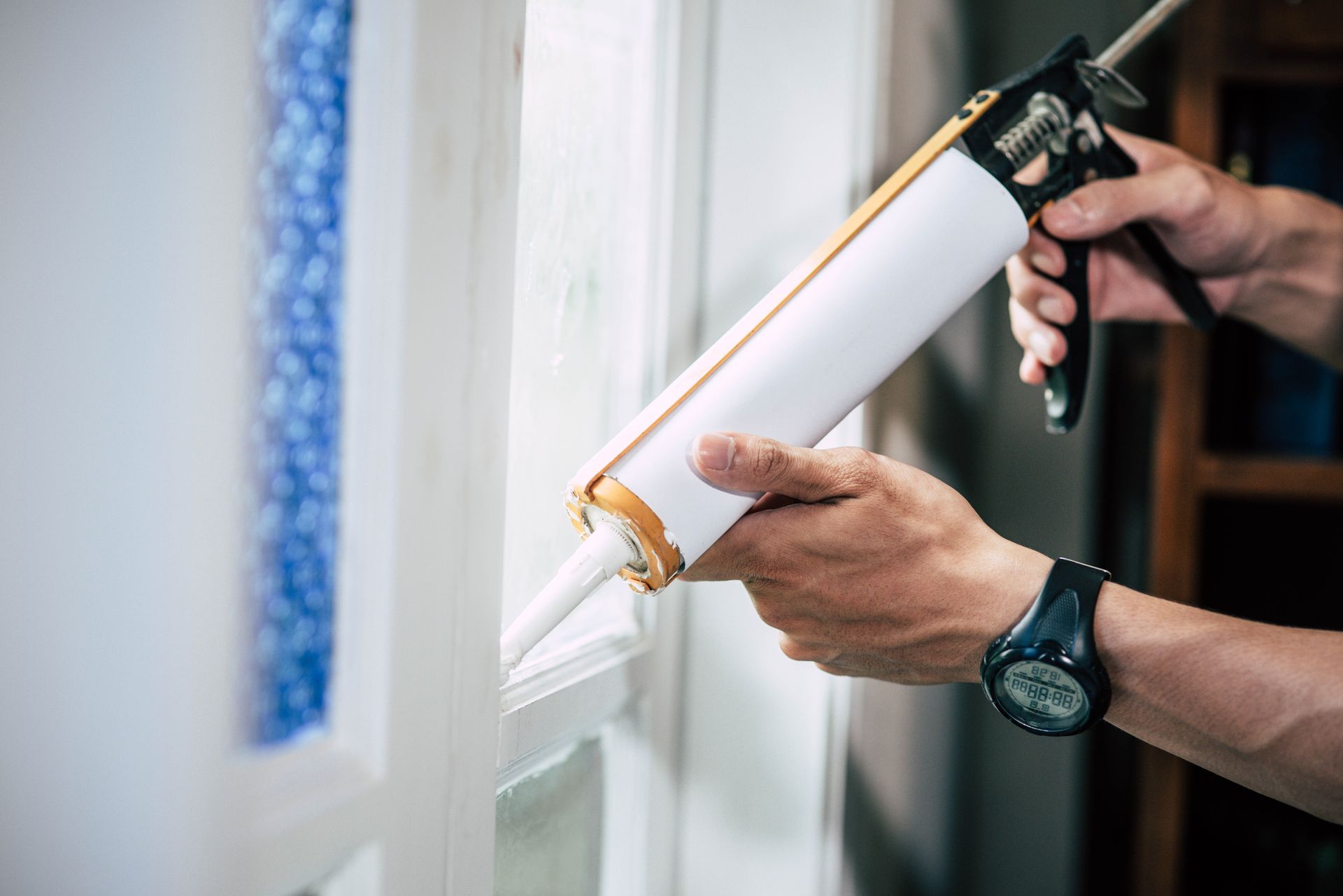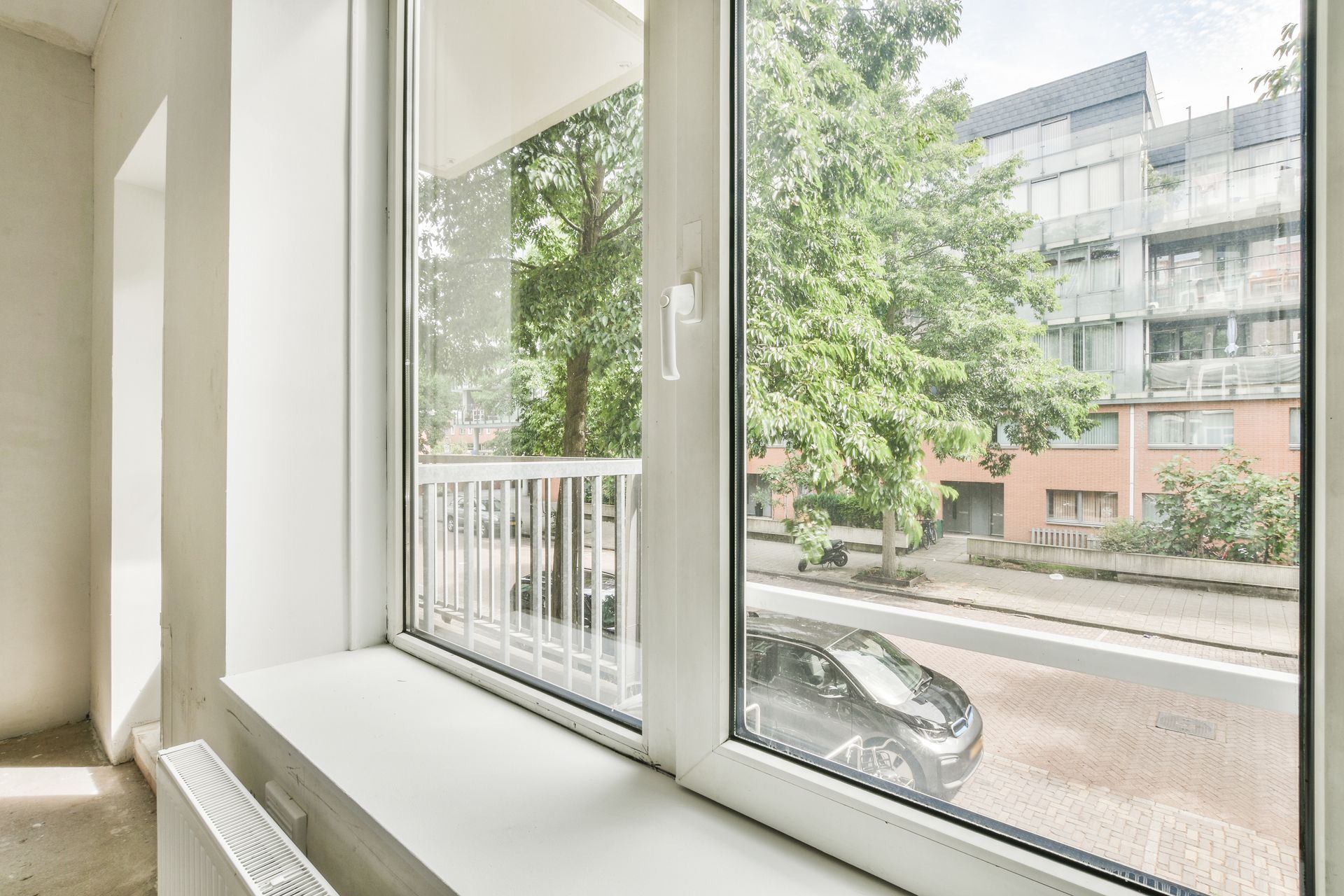Dealing with Moisture Issues on Your Windows: Causes and Solutions
Why do my windows get moisture?
Moisture issues can be a common concern for homeowners, especially during the cooler months when temperature fluctuations and varying humidity levels can lead to condensation on your windows. While it's normal to see some condensation on new energy-efficient windows, excessive moisture on your windows can indicate underlying problems that need to be addressed. In this blog post, we'll explore the causes of moisture issues and provide solutions to help you maintain a comfortable and moisture-free home.
Understanding Condensation
Condensation occurs when warm, humid air comes into contact with a cooler surface, causing the moisture in the air to turn into water droplets. This is a natural process, and it's more likely to happen on windows when there's a significant temperature difference between the inside and outside of your home. New windows, especially energy-efficient ones, can actually perform so well that they reduce heat transfer, which can lead to condensation when there's a temperature difference.
Normal vs. Excessive Condensation
A small amount of condensation, typically around 1-2 inches on your windows during cooler months, is considered normal. However, if you notice that more than half of your window is covered in moisture, you likely have too much moisture in your home. To determine if your indoor humidity levels are within a healthy range, it's essential to measure your home's humidity, which should ideally be around 35-40% during the cooler months.
Common Causes of Excessive Moisture
- Poor Air Circulation: Blinds and curtains can create small microclimates between the glass, causing variations in temperature and humidity near the window.
- High Indoor Moisture Levels: Numerous factors, such as unvented bathrooms, fish tanks, cooking, or damp basement floors, can contribute to higher indoor moisture content.
- Inadequate Window Sealing: Window frames that leak air or don't make a proper seal can allow cooler outside air to come into contact with the inner pane of glass.
- Direct Heat Vents: Heat vents blowing directly over the glass can create significant temperature differences, leading to condensation.
- Failed Insulated Glass Units: Older or faulty insulated glass units may result in excessive moisture on more than half of the glass surface.
Addressing Moisture Issues
In most cases, moisture on new windows and glass installations should only last for a few days to a week as temperatures and moisture content stabilize for the season. If you're experiencing moisture all season long, consider these solutions:
- Use a Dehumidifier: Run a dehumidifier in the basement, especially during the winter, to reduce indoor humidity levels.
- Seal Sump Pumps: Cover sump pumps with sealed lids to prevent moisture from entering your home.
- Install an Air Exchange System: Consider installing an air exchange system to regulate indoor air quality.
- Enhance Ventilation: Run bathroom and kitchen fans longer or install moisture-activated switches to improve ventilation.
- Open Blinds and Window Coverings: Allow more air circulation by opening blinds and window coverings during the day.
If you've tried these solutions and continue to experience moisture issues on your windows, it's advisable to seek professional assistance. Window Repair Guys offers free inspections to diagnose and address your situation.
For a more in-depth understanding of why new windows can experience condensation, check out this informative video from another reputable window company: Watch the video here.
In conclusion, while moisture issues on windows are common, they can often be managed with proper home maintenance and awareness of indoor humidity levels. By following the tips and solutions mentioned above, you can enjoy a comfortable and moisture-free home environment throughout the year.











